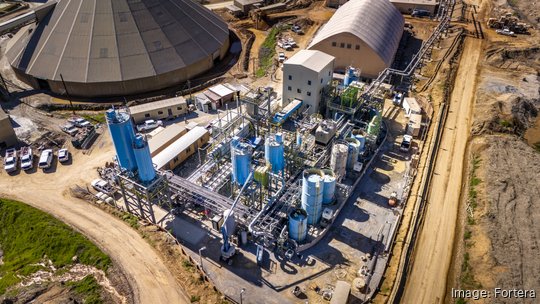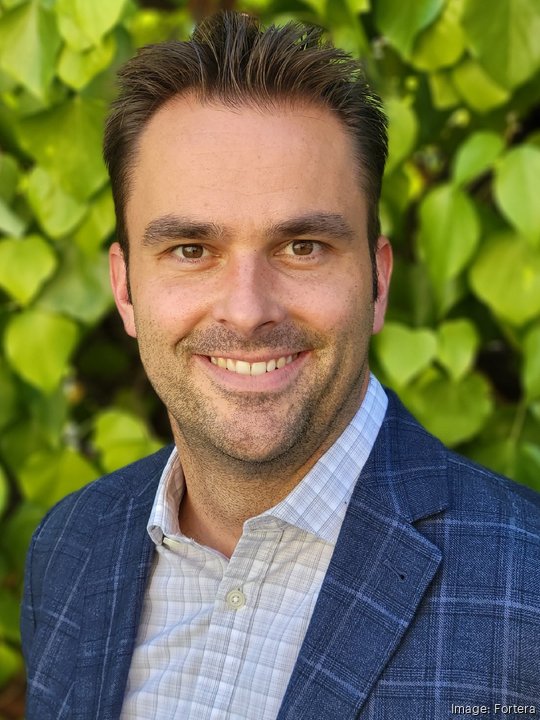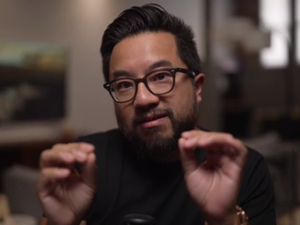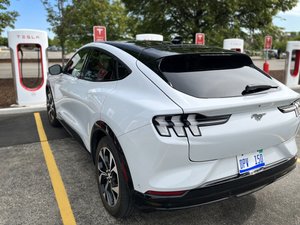
With cement accounting for 8% of global carbon dioxide emissions, finding ways to make the building material greener has become an imperative goal among climate startups, including many in the Bay Area.
One of these startups, San Jose-based Fortera, has reached a major milestone with the opening of its first green cement production plant it says is the first of its kind of North America.
The 30,000-square-foot facility in Redding was built alongside an existing cement production plant operated by CalPortland. It works by taking in carbon dioxide emissions through a pipeline from the CalPortland plant and mineralizes the greenhouse gas into calcium carbonate, which is used to make more cement. The cement is then blended back into the "nongreen" cement produced by the original plant.
Fortera says the process lowers emissions by 70% compared to ordinary cement on a ton-for-ton basis. Conventional cement production wastes nearly half the limestone feedstock as emissions, Fortera's process yields a ton of green cement for every ton of limestone input by using the carbon dioxide.

At full capacity, the Redding plant aims to capture 6,600 tons of carbon dioxide annually and produce 15,000 tons of green cement.
"There's a lot of interesting companies in this space, but they really were the only ones partnered directly at a cement plant, building out to scale," said Fortera CEO Ryan Gilliam. "15,000 tons is not big in the cement world, but that translates to about 500,000 tons of concrete, so still a considerable volume of material is going to go to the market."
This isn't Gilliam's first foray into green cement. He was previously CEO of a now-defunct company called Calera around 2007, which was working on its own technology to turn carbon dioxide into cement amidst a climate tech bubble driven by Obama-era subsidies. He said the company assumed that there would eventually be a market for carbon dioxide through some kind of cap-and-trade system. When that didn't materialize, Gilliam shifted the company into another sector.
Then in 2019, Gilliam decided to revisit the carbon dioxide-to-cement idea with Fortera, but changed the business model to work alongside the cement industry instead of developing a competing product.
Fortera's aim is to "leverage what they do well ... leverage their feedstocks, their infrastructure, from quarry through to their kilns, as well as all the back-end logistics and sales," he said. "Could we take that technology we'd already piloted and proven out and do it in a way that was actually economically competitive within cement?"
Now Fortera is looking to raise potentially billions to fund its ambitious pipeline of new plants. Gilliam says the startup currently has 20 projects in the works with cement producers, which will cost about $150 million each.
This includes a soon-to-be-announced plant in the Western United States that will be a 25-fold increase in scale to the Redding plant, producing 400,000 tons of green cement a year.
Fortera has already raised $104 million from major VC firms like Khosla Ventures and Presidio Ventures. It employs 70 people across its offices in San Jose, Europe and now Redding.






